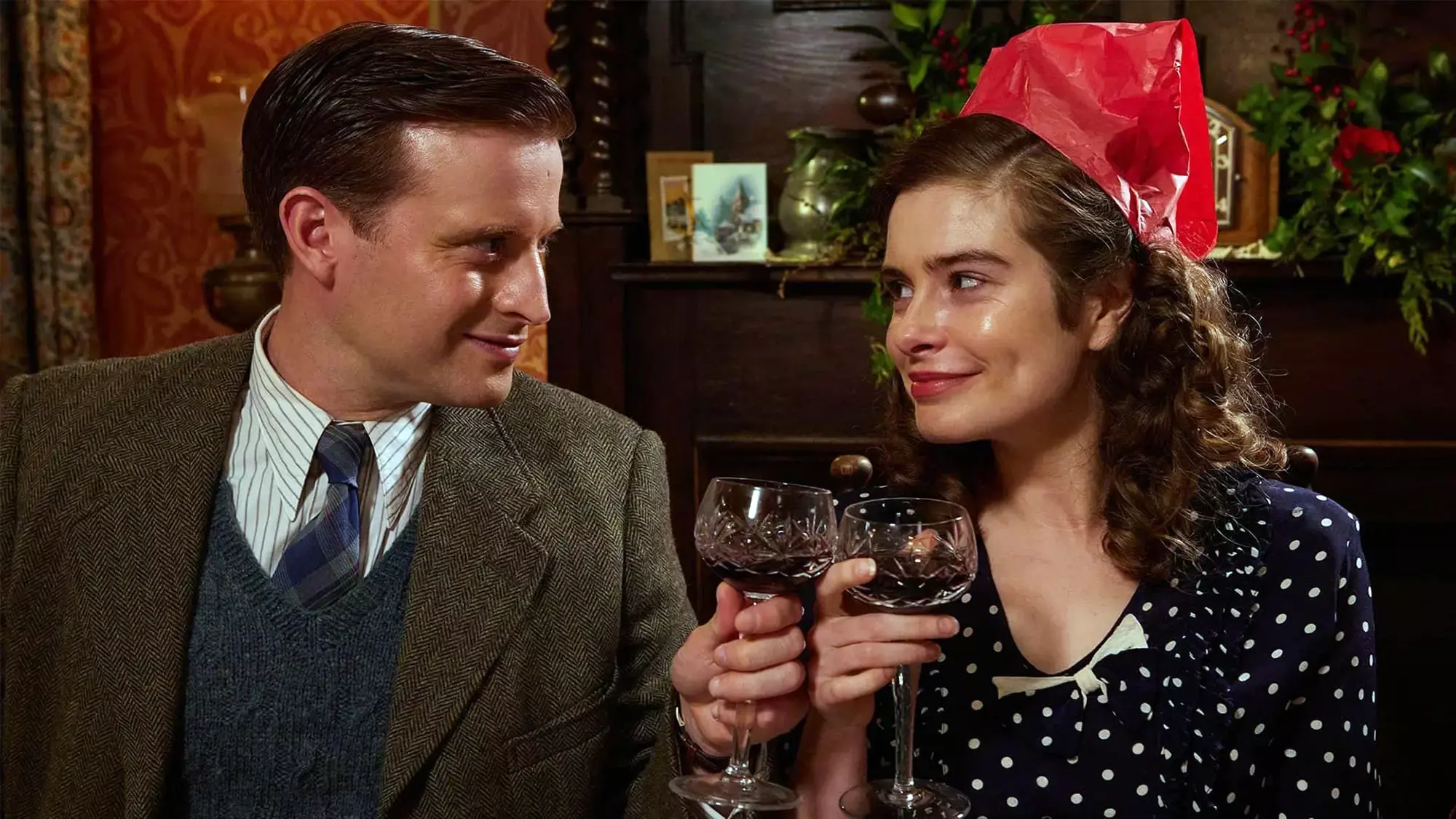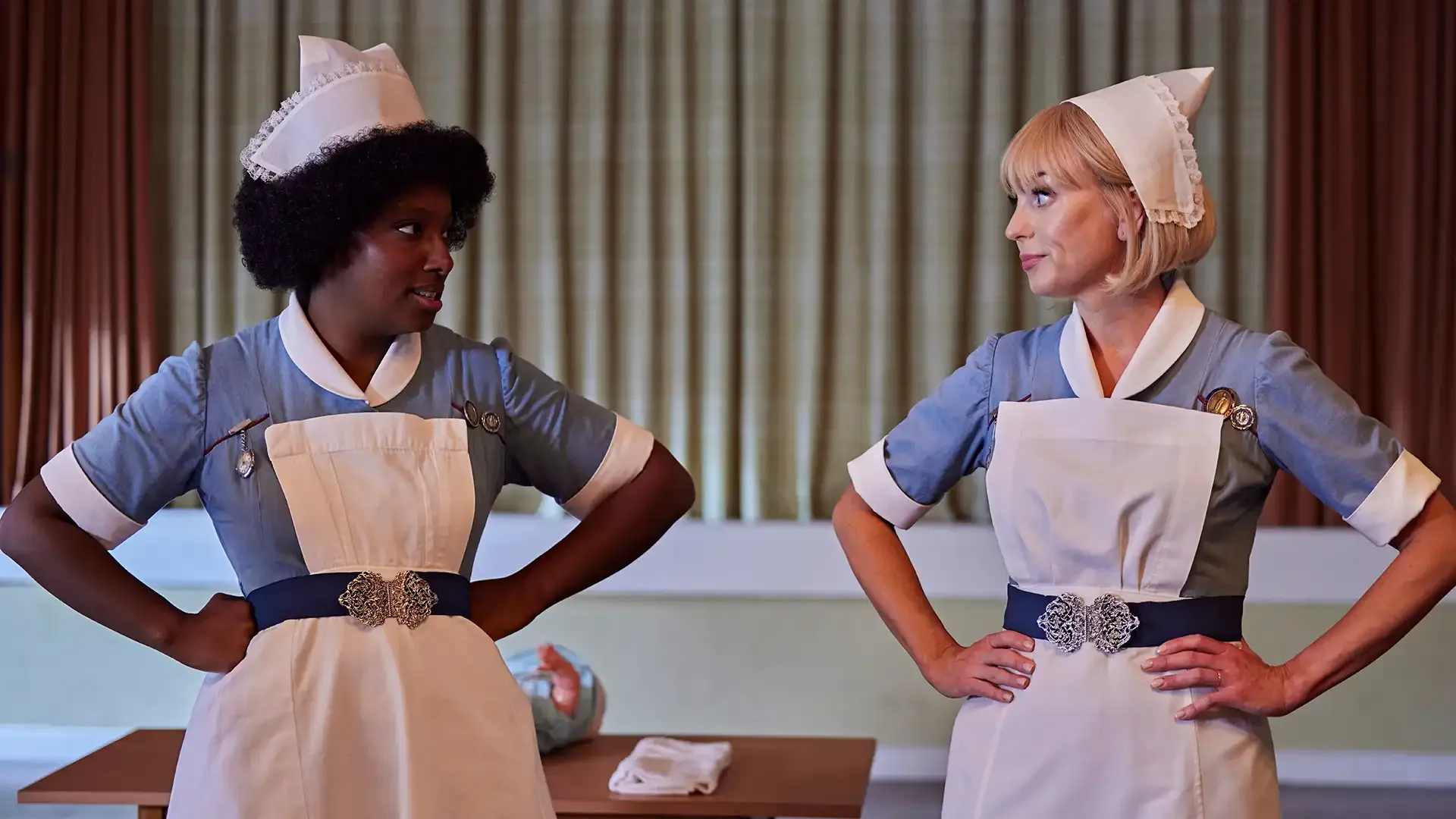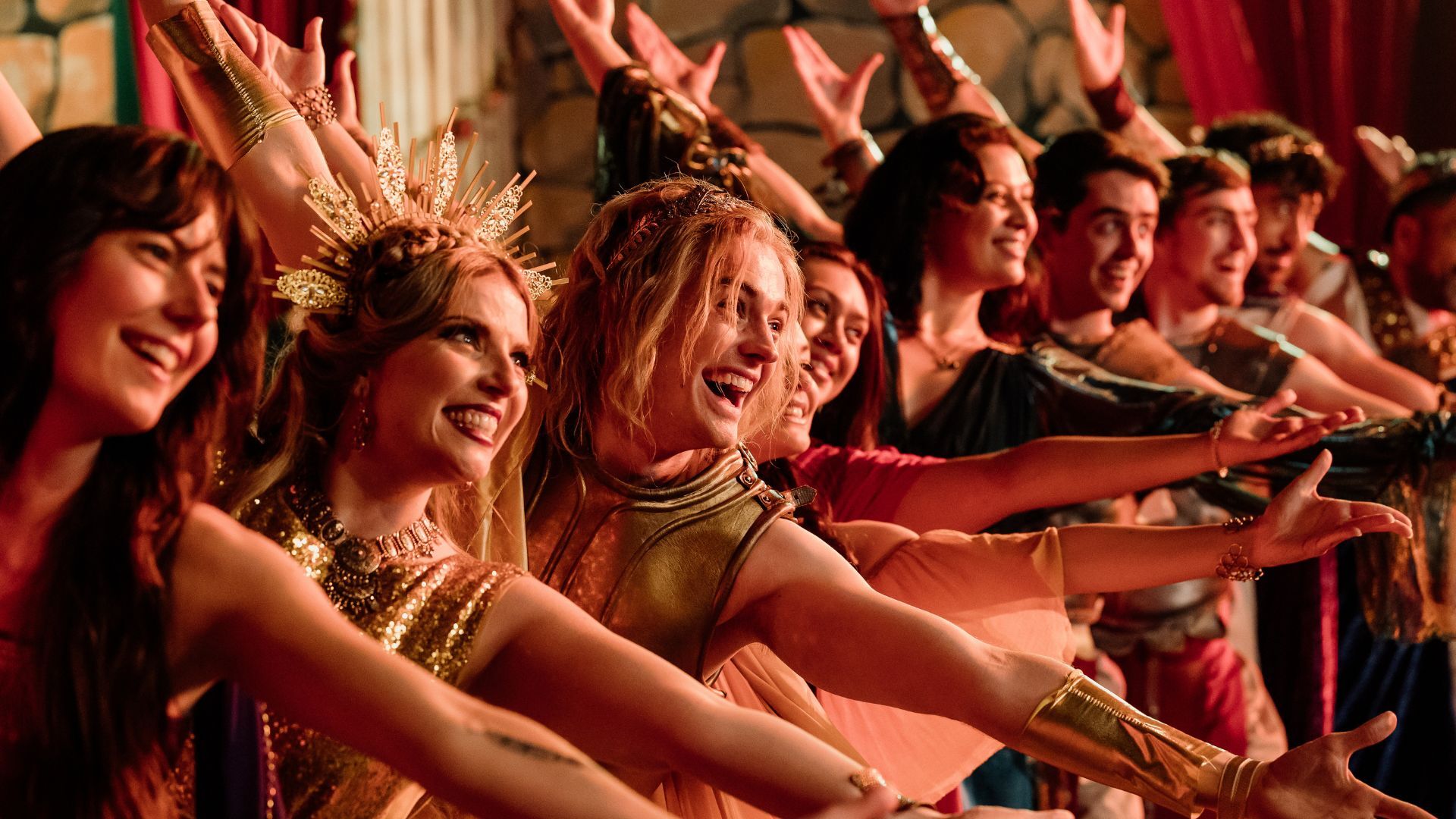NOTE: Teachers should preview all series segments before classroom or other screenings to determine whether the content is appropriate for the ages, maturity levels, and learning environments of their students. Contemporary art often explores controversial subject matter, and some of the artists featured in the Art21 series present provocative images and ideas in their work.
About this Guide
The Educators’ Guide was produced by Art21 and is designed as a resource for planning lessons, facilitating discussions, introducing Season 11 content, and supporting further research and exploration of contemporary art, artists, and themes. Educators are encouraged to use the series, the Educators’ Guide, and art21.org in tandem to integrate contemporary art into classroom and community-based learning environments.
Artist Profiles
Each Artist Profile (Alex Da Corte, Daniel Lind-Ramos, Amy Sherald, and Rose B. Simpson) contains biographical information and the following sections:
About the Artist
An overview of the artist’s work and working methods, including current and past projects.
Media and Materials
A synopsis of the artist’s principal media and materials, which are documented in the artist’s video segment. Featured media and materials can be cross-referenced to those used by other artists in the series.
Key Words and Ideas
Additional thematic concepts connect the artist’s work and processes to those of other artists in the series. This section also highlights relevant vocabulary to support discussion and further inquiry.
Discuss
Suggested discussion questions explore ideas introduced in the series. Before Viewing questions establish key ideas in anticipation of viewing the artist segments. While Viewing questions support active viewing and encourage facilitators to pause and clarify or illuminate particular ideas or vocabulary. After Viewing questions follow up on key ideas and encourage viewers to synthesize prior knowledge and personal opinion with the narratives presented in the segment.
Glossary
Selected vocabulary words are highlighted in boldface throughout the Guide. Definitions can be found in the Season 11 Glossary, a free downloadable pdf. An online glossary with additional vocabulary can be found at art21.org.
Create
To encourage active, hands-on exploration of the ideas and materials presented in the Discuss section, these activities are open-ended interdisciplinary opportunities for individual interpretations of the creative methods and interests of the featured artists. Suggested activities can be modified for different age levels, learning styles, and media choices.
What Is Contemporary Art?
Art21 defines contemporary art as the work of artists who are living in the twenty-first century. Contemporary art mirrors contemporary culture and society, offering teachers, students, and general audiences a rich resource through which to consider current ideas and rethink the familiar. The work of contemporary artists is a dynamic combination of materials, methods, concepts, and subjects that challenges traditional boundaries and defies easy definition. Contemporary art is distinguished by the absence of a uniform organizing principle, ideology, or “-ism.” In a globally influenced, culturally diverse, and technologically advancing world, contemporary artists give voice to today’s varied and changing cultural landscape of identity, values, and beliefs.
Contemporary audiences play an active role in the process of constructing meaning about works of art.
Often, artists say that viewers contribute to or even complete the artwork by adding their personal reflections, experiences, opinions, and interpretations. One of the cornerstones of the Art21 philosophy is to allow artists to present their work in their own words and to encourage viewers to access their individual abilities to consider, react, and respond to visual art.
The artists featured by Art21 serve as creative role models who can inspire people of all ages to consider how ideas are developed, articulated, and realized in the contemporary world, and they offer educators opportunities to support diverse learning styles.
Everyday Icons | Watch Episode
As our culture works to correct centuries-long exclusions and misrepresentations, the artists in "Everyday Icons" show us alternative paths toward a more complete picture of our world. Featuring Alex Da Corte, Daniel Lind-Ramos, Amy Sherald, and Rose B. Simpson, this hour explores artists who reflect on the aesthetics, traditions, and histories we encounter daily, and whose work expands our visual vocabulary to reflect a changing society. In their practices, the often rigid boundaries of expectation are put aside in favor of new ideas, unorthodox approaches, and playful propositions. Their freedom and innovation give audiences permission to build new and unexpected worlds of their own and inspire more profound empathy, connection, and critical thought. Remixing and reimagining art histories, archetypes, monuments, pop cultures, and genres, these artists discover how we might see something new in the everyday.
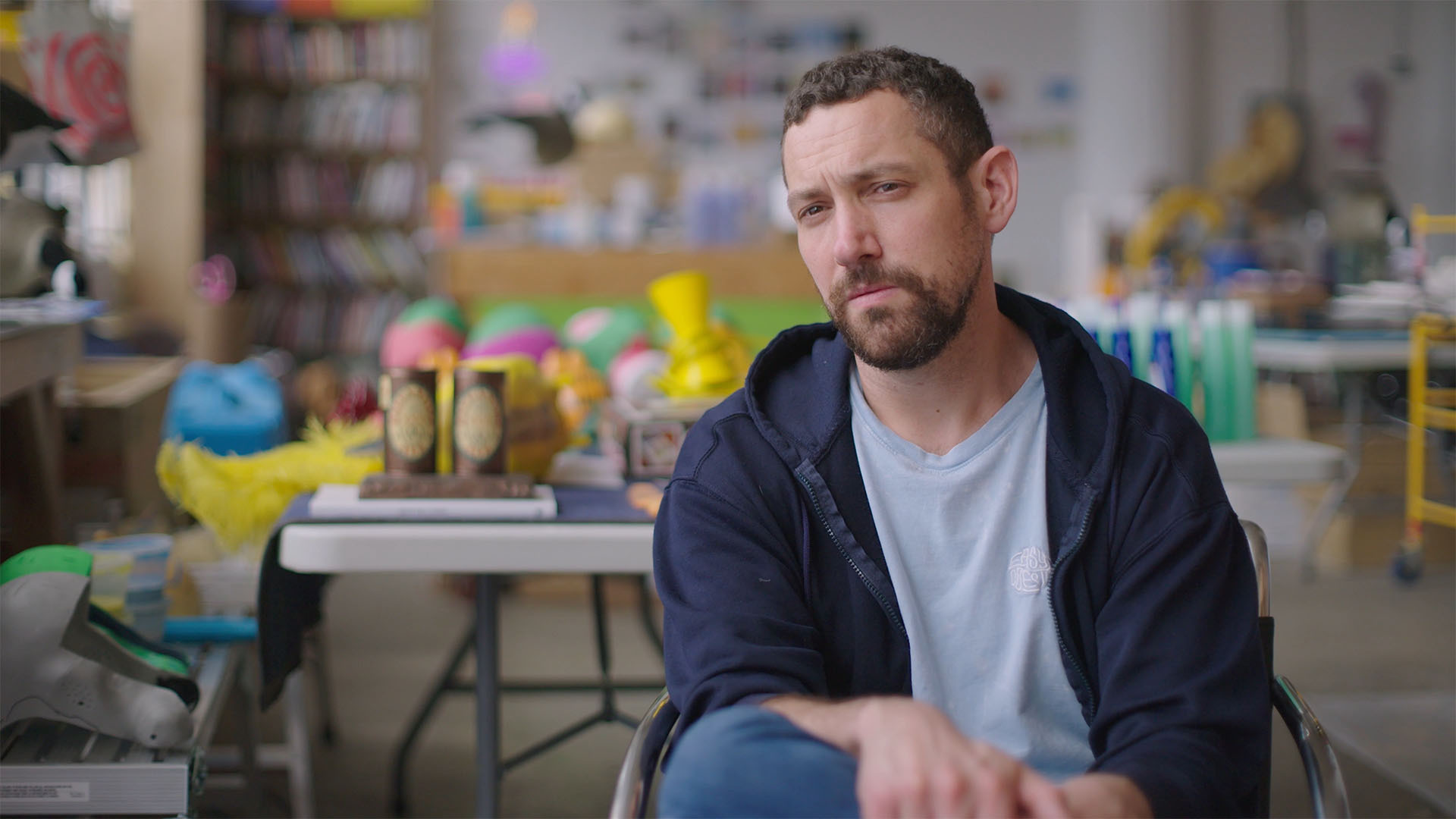
Born 1980; Camden, New Jersey
In his work, the artist never appears as himself, but rather, embodies the larger-than-life characters who influence or intrigue him: Jim Henson, the Wicked Witch of the West, Mr. Rogers, and the Pink Panther are but a handful.
Studying these characters who exist in worlds of fantasy and cartoon and integrating them into his own expansive artistic vision, Da Corte hopes to gain a deeper understanding of them and learn new ways of thinking.

Born 1953; Loíza, Puerto Rico
Inspired by his hometown of Loíza, Puerto Rico’s diverse and inventive culture, the artist’s work reflects the history and energy of Puerto Rico and the Caribbean. Many of his materials come from the island itself; Lind-Ramos combs the beaches and streets of Loíza for palm fronds and other plant life, items that wash up on the shore, and discarded, everyday materials that speak to the story of the Caribbean. These objects take on new and multiple meanings within the artist’s work, folded into narratives about immigration, natural disaster, and colonization that often transform them.
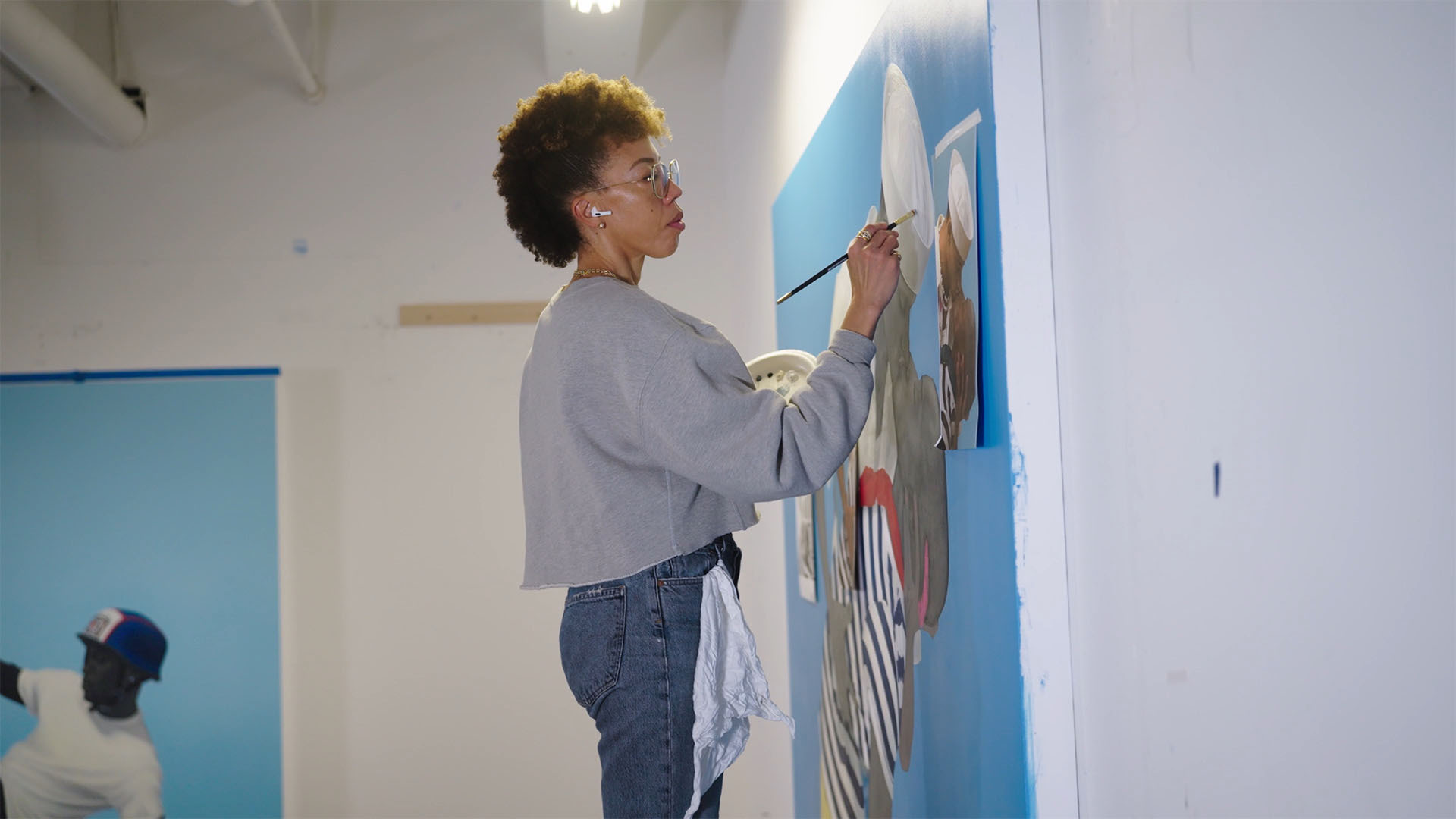
Born 1973; Columbus, Georgia
Following the tradition of American realists like Andrew Wyeth and Edward Hopper, the artist uses her paintings to tell stories about America. In 2018, Sherald was selected by Barack and Michelle Obama to paint the former First Lady’s Presidential Portrait, becoming the first Black woman to do so. Depicting Obama in a moment of quiet contemplation, Sherald shows her sitting with the weight of her civic role and encompassing the fullness of her character and life outside of that role — modeling for viewers a way to do the same. At once casually unassuming and politically potent, Sherald’s portraits contribute new narratives to a shared experience as Americans.

Born 1983; Santa Clara Pueblo, New Mexico
Rose B. Simpson’s work stems from moments of observation and connections to the past, emphasizing the processes of making and becoming in which we discover new ways of being and of healing. Working quickly and intuitively in her studio, the artist shapes her clay sculptures by hand using a technique she developed called “slap-slab.” Each of her clay sculptures is embedded with fingerprints and other evidence of the artist’s hand, leaving traces of the act of making that produced the work. The history, culture, and land of Santa Clara Pueblo are highly influential in the artist’s practice. Simpson’s ancestors have lived in Santa Clara Pueblo for millennia.
Discussion Questions for the Episode
Before Viewing
- What does ‘everyday’ and ‘icon’ mean? What might an ‘everyday icon’ be?
- When does place influence an artist?
- What symbols represent the United States?
After Viewing
- How do the artists in this hour use iconography in their work? Why might they be everyday icons?
- Which places are important to the artists featured? How do they honor those spaces?
- What symbols do these artists use that reference recent United States history and culture?
Alex Da Corte
About the Artist
Education | BFA, University of the Arts, PA | MFA, Yale University School of Art
Da Corte creates vibrant and immersive large-scale installations, including wall-based works, sculptures, and videos. Colorful and surreal, his work combines personal narrative, art-historical references, pop-culture characters, and the glossy aesthetics of commercial advertising to reveal the humor, absurdity, and psychological complexity of the images and stories that permeate our culture.
As a child, he aspired to be a Walt Disney animator. References to Disney cartoons and familiar characters from children’s stories, like Frankenstein’s monster and the Wicked Witch of the West, reoccur in his videos alongside anthropomorphized everyday objects such as a bottle of ketchup and pop-culture figures like the rapper Eminem. Da Corte portrays many of the characters in his videos himself.
Teaching Connections
Media and Materials
Installation, sculpture, video
Key Words and Ideas
Character, memory, childhood, movies, collaboration, neon, collage, pop culture, community, replica, costume, sewing, family, studio, love, television, material
Related Artists
Matthew Barney, Meriem Bennani, Cao Fei, Nick Cave, Nathalie Djurberg & Hans Berg, Trenton Doyle Hancock, Tim Hawkinson, Anish Kapoor, Mike Kelley, Jeff Koons, Christian Marclay, Paul McCarthy, Elizabeth Murray, Bruce Nauman, Raymond Pettibon, Paul Pfeiffer, Mary Reid Kelley, Cindy Sherman, Jaimie Warren, William Wegman
Discuss
Before Viewing
- Name a favorite childhood character. What personality traits connected you to them?
- How has television played a role in your life? How has it influenced who you are?
- What qualities make a sculpture?
- How can an artist’s family influence their art work?
- Describe a color that has a specific emotional connection for you. How has that connection changed over time? What has influenced it?
While Viewing
- List the pop-culture characters you recognize. Note when Da Corte explains what a particular character means to him.
- What does Da Corte say about his childhood? What role does it play in the creation of his work?
- How does Da Corte use color in his work? Do any colors stand out to you?
After Viewing
- Does Da Corte’s use of pop-culture characters influence your interpretation of the work? How? Why might those characters be an entry point for viewers?
- In what ways does Da Corte’s work address themes of childhood, memory, and nostalgia? What symbols in the film relate to these themes?
- Compare Alex Da Corte to Anish Kapoor, featured in the “London” episode. How does each artist use color? What similarities and differences can you notice between each artist’s work?
- In his Extended Play episode, Da Corte refers to Mike Kelley’s “love hours” when he discusses the time put into physical creation. Ask students to contemplate a work they’ve completed and to consider how many love hours went into its creation.
Create
Ask students to list elements that evoke a dream space for them. Once the class has generated a list, encourage the students to collaborate on making an installation. If physical space is difficult to acquire, students can make a diorama in ceramic or in digital form (using CAD, Photoshop, etc.).
Choose a well-known childhood character. Change some features of this character, and use the updated character to tell a story about home or family in an illustration, cartoon, or video.
Music from a variety of genres is played in the Extended Play film, such as “The Star Spangled Banner” by Jimi Hendrix, “Subterranean Homesick Blues” by Bob Dylan, and “Blue” by LeAnn Rimes, to name a few. Choose one of these songs and look into how Da Corte uses it in his work. Then, in response, make a new artwork that utilizes the lyrics, melody, or emotions generated by the song.
Daniel Lind-Ramos
About the Artist
Education | BA, University of Puerto Rico | MA, New York University
Lind-Ramos makes his sculptural assemblages using everyday materials collected from scavenging the streets and beaches of his hometown or sourcing from his local community. The objects and materials that the artist incorporates in his work recall the layered histories of Puerto Rico and the Caribbean and the realities of life there today.
Lind-Ramos reflects on the cultural richness and systemic inequalities that shape Loíza’s complex history through the objects he integrates into his sculptures. The juxtaposition of these hyper-local motifs and materials creates space to question what they mean today, and how we can carry their lessons and inventions forward.
Teaching Connections
Media and Materials
Drawing, performance, sculpture
Key Words and Ideas
Color, community, found objects, history, memory, narrative, sound, spirituality, symbol, tradition, unity
Related Artists
Ai Weiwei, Diana Al-Hadid, Allora & Calzadilla, El Anatsui, Janine Antoni, Kevin Beasley, Nick Cave, Abraham Cruzvillegas, Abigail DeVille, Mark Dion, Theaster Gates,Nicholas Hlobo, Rashid Johnson, Brian Jungen, Hiwa K, Jeff Koons, Guadalupe Maravilla, Wangechi Mutu, Damián Ortega, Pepón Osorio, Doris Salcedo, Song Dong, Jessica Stockholder, Fred Wilson, Yin Xiuzhen
Discuss
Before Viewing
- Describe traditions and events that you associate with your community. What are some ways that your community celebrates or comes together?
- How do you go about remembering things? Describe the various ways that people try to keep memories alive.
- Where do you see examples of unity? What kinds of places and instances illustrate unity to you? How do you define the term?
While Viewing
- When is Lind-Ramos utilizing and engaging with his community? What do you see him doing?
- What kinds of things is Lind-Ramos trying to remember through his sculptures?
- Jot down some of the things that Lind-Ramos’s sculptures have in common. What connects his work?
After Viewing
- How does living in Loíza affect Lind-Ramos’s work? In what ways do aspects of his community find their way into his sculpture?
- In addition to the stories and memories that Lind- Ramos shares, what kinds of memories do his sculptures initiate for you? What is your relationship to some of the objects and events connected with these works?
- Lind-Ramos talks about arranging the objects he collects to “find” unity. While working on one of his sculptures, he describes his process by stating: “It’s a very organic way of organizing.” How would you describe the way Lind-Ramos organizes his sculptures and finds unity? Feel free to pause the film on one of the artist’s works while discussing it in depth.
- Compare the sculptures Lind-Ramos creates with the work of Season 6 artist, El Anatsui. How is their work and process both similar and different?
Create
Make a memory: Collect certain objects and materials that connect to a specific memory, then “organize” them as a two- or three-dimensional work of art. Include preparation sketches, written materials, or even sounds to help the viewer better understand the memory you’re sharing.
Plan an event in your community or your school where people with different experiences come together to celebrate things they have in common. Use this gathering as a way to develop new relationships that didn’t previously exist.
Amy Sherald
About the Artist
Education | BA, Clark Atlanta University, MFA | Maryland Institute College of Art
Reflecting the complexities of representation and identity, Sherald’s paintings challenge viewers to engage with her subjects in new and profound ways, calling attention to the universal stories told through her portraits.
A notable feature of Sherald’s work is her use of gray skin tones, slowing a viewer’s recognition of race. Rather than deny race as a social reality and the impact of her depicting Black subjects, the artist seeks to deprioritize race in the viewer’s understanding of the portrait sitter’s individuality. In doing so, Sherald draws attention to other evocative details of the subject’s appearance and personality — their clothing, expression, and body language, all of which she has carefully arranged to construct a narrative that reflects their personhood.
Teaching Connections
Media and Materials
Painting, photography
Key Words and Ideas
Color, photographs, family, portraiture, identity, process, history, race, memory, storytelling
Related Artists
Laylah Ali, Eleanor Antin, Jordan Casteel, LaToya Ruby Frazier, Katy Grannan, Maryam Hoseini, Graciela Iturbide, Tommy Kha, Glenn Ligon, Liu Xiaodong, Tala Madani, Sally Mann, Kerry James Marshall, Zanele Muholi, Catherine Opie, William Scott, Nancy Spero, Salman Toor, Carrie Mae Weems
Discuss
Before Viewing
- In what ways can a portrait tell a story? Can you describe a portrait you’ve seen that tells a particular story?
- Describe the steps you would take to make a portrait of someone. What would you do before creating the portrait? What kinds of things would you focus on while creating the work?
- How do painters utilize photography in different ways? Conversely, how might photographers be influenced by paintings?
- Where does style, or the approach an artist takes in order to make works of art, come from?
While Viewing
- What kinds of stories does Sherald tell through her work? Why are these stories important to her?
- What are the steps Sherald takes to make her portraits? How is photography a part of the process? What other unique characteristics do you notice?
- Where does Sherald’s style, or her approach to portraiture and working with color and skin tone, come from?
After Viewing
- Compare the kinds of stories Sherald tells through her work with Season 1 artist, Kerry James Marshall. How are the paintings they create both similar and different from each other?
- Juxtapose the steps Sherald takes to make her portraits with that of New York Close Up artist, Jordan Casteel. How does each artist use photography? How does each artist’s process allow for surprises and flexibility?
- After describing her portrait of Michelle Obama, Sherald says, “It just so happens that painting Black people is kind of political. But these figures hanging on museum walls, it’s more than just that. It’s more than just the corrective narrative. It’s got to be about humanity first and then everything else has to follow.” What do you think she means by this?
Create
Use Sherald’s artistic process as a starting point for your own: Combine photography and painting together to create a portrait of a classmate or family member. You may start with one medium or the other, but should use both in some way during the process. Experiment with different techniques and approaches before deciding on a finished work.
Choose a photograph you consider iconic. Now “restage” that photograph with classmates as models and document your process. How might you change aspects of the picture to tell a new story?
Rose B. Simpson
About the Artist
Education | BFA, Institute of American Indian Arts, MFA | Rhode Island School of Design
Simpson’s work reflects on the multilayered history of her home in New Mexico and of the United States, exploring modes of empowerment and resilience that carry traditions into the future. Working across media, the artist finds new ways to connect past and present, express experience and identity, and contemplate freedom and strength.
Simpson often works in clay, a material passed down to her by her mother, artist Roxanne Swentzell, and great-grandmother, artist Rose Naranjo. Alongside inherited techniques, the artist also uses one she developed herself called “slap-slab,” where she creates thin, rectangular sheets of clay that are layered to build her ceramic forms.
Teaching Connections
Media and Materials
Ceramic, performance, sculpture
Key Words and Ideas
Ancestry, body, empowerment, heritage, family, identity, place, process, symbol
Related Artists
Ai Weiwei, Janine Antoni, John Feodorov, LaToya Ruby Frazier, Theaster Gates, Graciela Iturbide, Brian Jungen, Kimsooja, Heidi Lau, Guadalupe Maravilla, Wangechi Mutu, Michael Rakowitz, Pedro Reyes, Arlene Shechet, Stephanie Syjuco, Ursula von Rydingsvard
Discuss
Before Viewing
- How are ancestry and heritage connected? How might an artist’s heritage influence their art?
- What do cars represent? Why might an artist use cars as a medium?
- Historically, the media and materials used to make art have often been associated with female or male artists. Do you feel certain mediums are associated with specific genders? Why is this?
While Viewing
- Describe the ways that Simpson’s practice connects to and expresses her ancestry.
- Why is Simpson attracted to cars?
- What does Simpson articulate about gender identity and her artistic practice? How did her interpretation change over time? How does gender affect Simpson’s choice of medium?
After Viewing
- Why is ancestry, heritage, and family important to Simpson? How does her art practice reflect these values?
- How did Simpson incorporate her heritage into her car’s design?
- How does gender affect Simpson’s choice of medium?
Create
Consider Simpson’s approach to technique. Pick a medium that you’re familiar with, and find a new way of handling the material. Create a work of art that incorporates both the standard technique and your new way of making.
Simpson refers to her use of clay as a ‘matriarchal gift.’ Reflect on your own family, and choose a tradition, ritual, recipe, or style that you consider to be a meaningful gift. Use it as inspiration to make a new piece in any medium.
About Art21
Art21 is a celebrated global leader in presenting thought-provoking and sophisticated content about contemporary art — a preeminent resource for learning first-hand from the artists of our time. Art21’s mission is to inspire a more creative world through the works and words of contemporary artists.
As a nonprofit organization, Art21 provides unparalleled access to artists’ voices, using the power of digital media to introduce diverse audiences around the world to contemporary art and artists. For more than two decades, Art21 has changed the paradigm for teaching and learning about the creative process.
Art in the Twenty-First Century
The first and only nationally broadcast public television series to focus exclusively on contemporary visual art and artists in the United States and around the world, Art in the Twenty-First Century introduces audiences to a diverse group of established and emerging artists working today and to the art they are producing now.
Eleven seasons have been produced for PBS (2001, 2003, 2005, 2007, 2009, 2012, 2014, 2016, 2018, 2020, 2023).
Each season contains three to four one-hour programs.
Each hour features three to five artists in 12- to 18-minute segments.
To date, the broadcast series has featured 240 established and emerging artists.
The Artists
In the Art21 broadcast series, contemporary artists speak in their own words and reflect on their lives, sources of inspiration, and working processes. The featured artists include painters, sculptors, performance artists, installation artists, video artists, and new media artists.
Get Involved
Screenings
Art21 Screening Society
Host a free screening of one episode from the eleventh broadcast season of Art in the Twenty-First Century. As part of the Screening Society, Art21 offers high-definition downloads, a screening guide, an education guide, and press images and logos. Museums, schools, community- based organizations, libraries, and individuals are encouraged to host screenings that are free and open to the public, which aim to inspire new audiences with contemporary art and alert local communities about the PBS broadcast. More information at art21.org/screening-society.
Independent Screenings
Should you or your organization be interested in screening an episode or segment from seasons one through eleven of Art in the Twenty-First Century, please contact us at art21.org/licensing.
Art21 Education
Art21 Educators
A year-long professional development initiative designed to cultivate and support K–12 educators interested in bringing contemporary art, artists, and themes into their classrooms.
Art21 Ambassadors
Art21 presents workshops for teachers in partnership with schools, school districts, and museums. Workshops introduce multimedia resources and related strategies for bringing contemporary art, artists, and themes into classroom and community learning.
Art21 Guides
Both Educators’ Guides and Screening Guides are available online for all eleven seasons of Art in the Twenty-First Century and a growing list of Educators’ Guides on artists featured in digital series. In addition, the “Learning with Art21 Guide” contains tips on initiating a discussion around contemporary art. Find all the Art21 Guides at art21.org/guides.
Additional Resources
Art21 Video
art21.org
All of Art21’s films, including digital series and all ten seasons of Art in the Twenty-First Century, are available to watch for free online.
Season 11 Screening Guide
art21.org/guides
The Season 11 Screening Guide contains event ideas, discussion questions, and helpful information for your free screening event.

The best of PBS, straight to your inbox.
Be the first to know about what to watch, exclusive previews, and updates from PBS.


